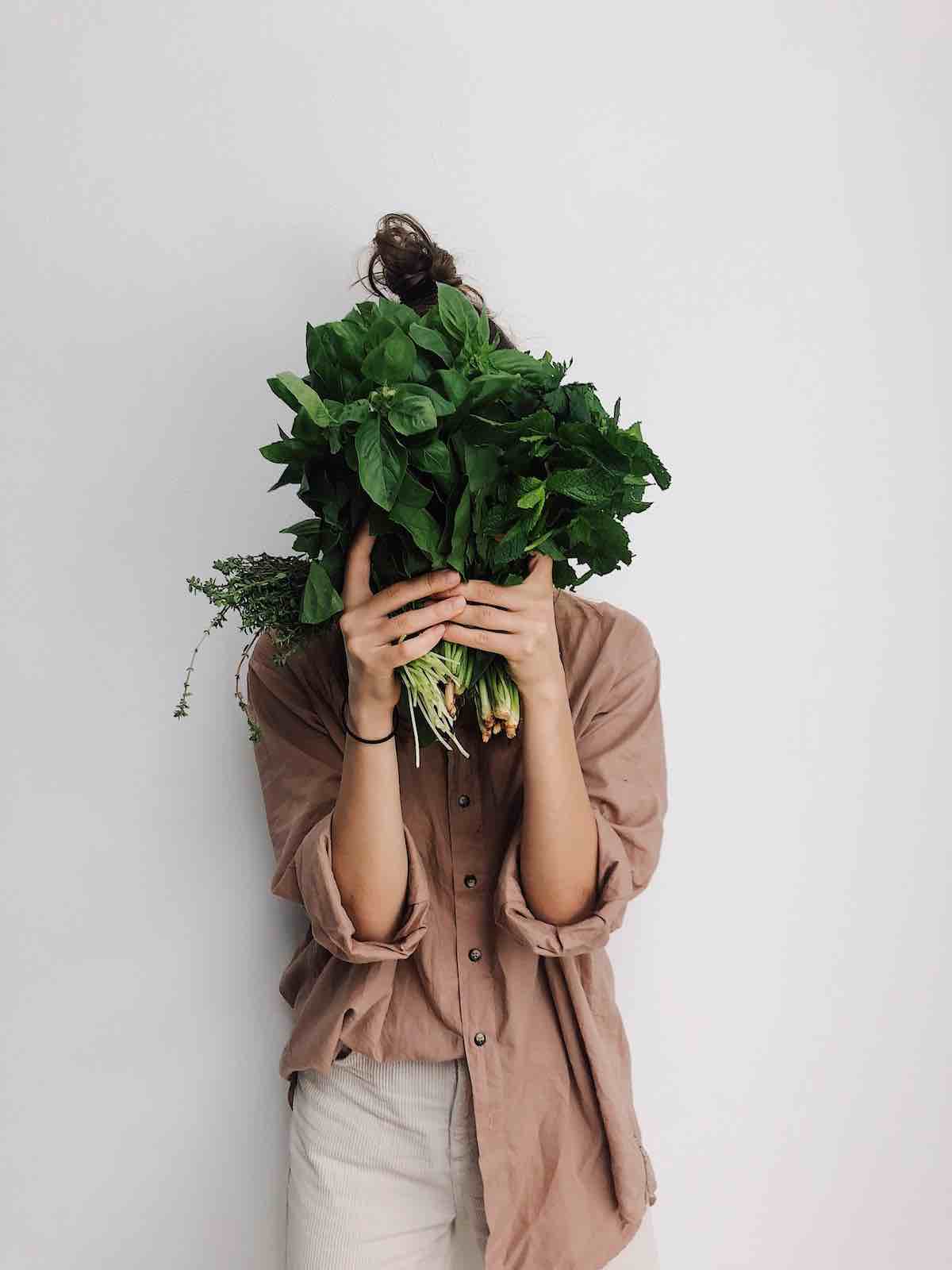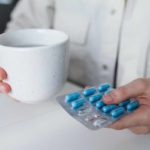Iron is often the culprit with female hair loss
The relationship between iron and hair loss is well documented. Low iron levels lead to hair thinning and hair loss problems — in fact, its one of the most common problems in women with hair loss. The problem with low iron levels is that they can be hard to diagnose. Your iron levels can fall to very low levels before you are even aware you have a problem. I’ve been experiencing problems with iron and hair loss for more than 30 years. And even though I have extensive experience in managing what could be considered a chronic condition, I have still let my iron levels fall to low levels that have caused extensive hair loss. An important caveat here — excessive levels of iron in your system can be toxic, and can even lead to death. Your first stop if you think you are iron deficient should be the doctor’s office for testing of your iron levels.Iron and Vitamin D: A Match Made In Heaven
A final point to consider: increasing your Vitamin D levels can help increase your iron levels, too. You can read more about the effects of Vitamin D deficiency here. The good news? If blood tests reveal your Vitamin D levels are low, it’s easily fixed with a simple and inexpensive supplement.
Iron and Hair Loss 101
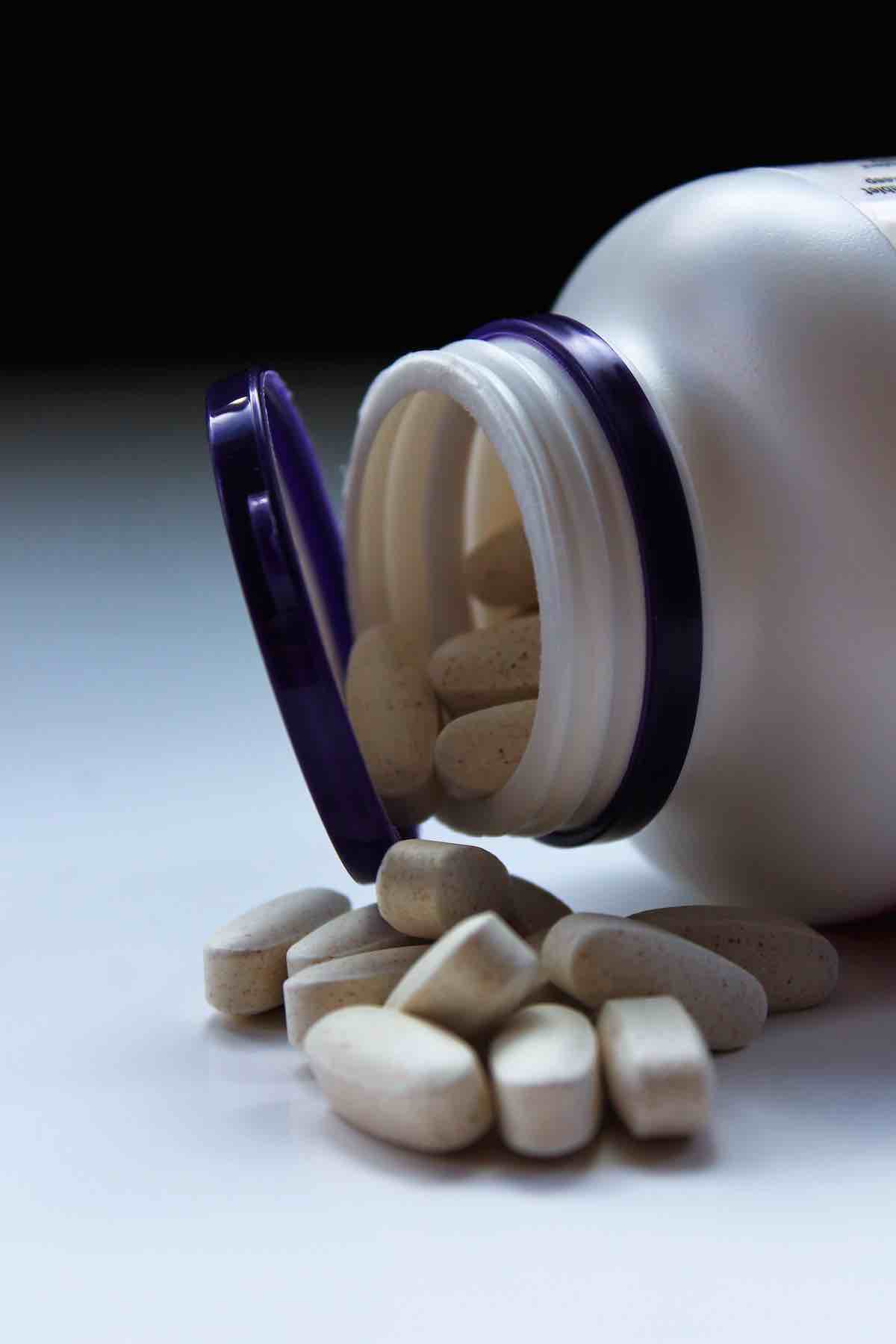 Iron deficiency or anemia is a common problem for women, and the population in general. Up to 80% of the world’s population is estimated to be iron deficient. So the problem is big, and the impact is huge.
Iron deficiency or anemia is a common problem for women, and the population in general. Up to 80% of the world’s population is estimated to be iron deficient. So the problem is big, and the impact is huge.
Iron deficiency can lead to a wide range of medical problems and symptoms.
If any of these symptoms sound familiar, it’s a good idea to visit your doctor and have your iron levels checked. A simple blood test can help you determine if you are iron deficient, and will get you on the road to solving the problem.
Most common symptoms include:
- Hair loss
- Fatigue
- Pale skin
- Reduced cognitive skills
- Feeling cold all the time
- Increased risk of infections
- Irritability
- Brittle nails
Causes of Iron Deficiency
Anemia or low iron levels can be caused by several different factors, including a variety of medical conditions, diseases and, ultimately, a poor diet. The main contributing factors include:- Excessive bleeding (heavy menstrual periods in particular, though the bleeding can be gastrointestinal or colorectal, too)
- Medical conditions to slow your ability to absorb iron from your diet
- A poor quality diet
- Blood donation
- Medications or food choices that hinder the absorption of iron in your diet
Getting More Iron In Your Diet
Increasing your iron stores to solve your problem with iron and hair loss sounds easy enough in principle, but for many of us it can be a time-consuming, frustrating and uncomfortable process. The problem is a significant one — the World Health Organization calls iron deficiency the biggest nutritional deficiency in the world. In my own case, my hair loss became most pronounced when my ferritin level fell to a level of 23 ug/dL. The normal range for a women’s iron stores is 120 to 160 ug/L, though in Canada where I was tested anything from 13 – 375 ug/L is considered “normal.” My doctor suggests that I’d be healthiest at a level of 110. It can take a while to raise your levels though, so be prepared for a wait. I was pretty aggressive in modifying my diet and taking supplements, but still it took me 5 months to raise my iron stores to 44 ug/L.The Power of Vega
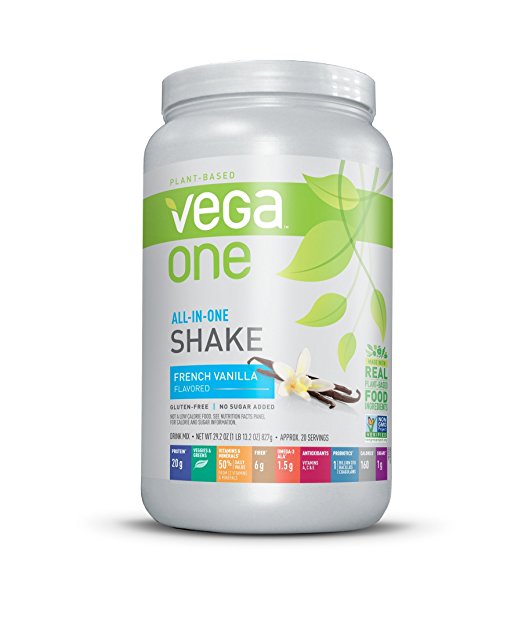 After years of taking high doses of iron supplements, I was never able to get to 110 ug/L until I started drinking Vega meal replacement shakes. This was, in fact, a happy accident. I started drinking the Vega shakes because I have a deep aversion to vegetables, and they offer five+ daily servings of greens. After a year of having them as a meal replacement about five times a week, my iron levels reached 110 ug/L for the first time ever. After decades of daily iron supplements, my doctor noted that I’d reached the highest safe levels of iron stores, and I’ve now dialed back the Palafer supplements to just twice a week.
The caveat with Vega meal replacements? They taste horrible. As in, plug-your-nose-while-you-swallow horrible. The French Vanilla and Mixed Berry flavours are the most palatable (at least to me), but they still taste like pureed grass with an artificial sweetener. Still, small price to pay for finally reaching healthy iron levels and seeing a marked decrease in hair loss.
After years of taking high doses of iron supplements, I was never able to get to 110 ug/L until I started drinking Vega meal replacement shakes. This was, in fact, a happy accident. I started drinking the Vega shakes because I have a deep aversion to vegetables, and they offer five+ daily servings of greens. After a year of having them as a meal replacement about five times a week, my iron levels reached 110 ug/L for the first time ever. After decades of daily iron supplements, my doctor noted that I’d reached the highest safe levels of iron stores, and I’ve now dialed back the Palafer supplements to just twice a week.
The caveat with Vega meal replacements? They taste horrible. As in, plug-your-nose-while-you-swallow horrible. The French Vanilla and Mixed Berry flavours are the most palatable (at least to me), but they still taste like pureed grass with an artificial sweetener. Still, small price to pay for finally reaching healthy iron levels and seeing a marked decrease in hair loss.
How Much Iron Do You Need?
The average women aged 19 to 50 requires 18 mg of iron per day to be in a healthy range. After the age of 50, iron requirements fall to 8 mg per day. Your iron requirements jump dramatically during pregnancy. Talk to your doc. Studies have shown that diets that have a lot of foods with low nutrient value that are high in calories can contribute significantly to iron deficiency. These include foods like sodas, potato chips, candy, ironically, all of my favorite things, and likely what led to my problems with iron and hair loss. For the record, there are two main types of iron in your food choices — heme (from animal sources) and non-heme (everything else). Typically, heme iron is absorbed more effectively.What Foods Have Iron?
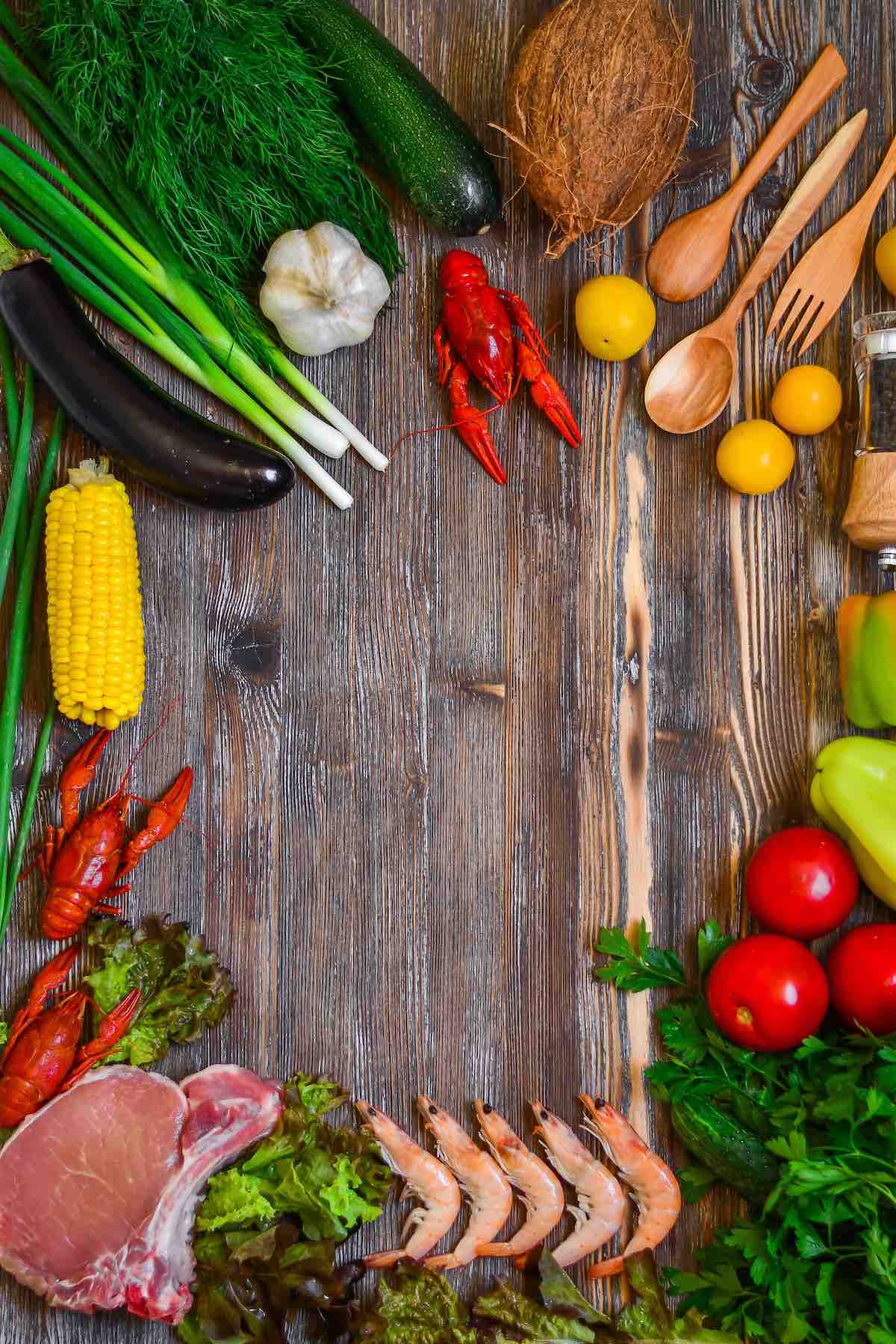 A few good sources of iron include:
A few good sources of iron include:
- Red meat
- Leafy vegetables
- Beans and lentils
- Pistachios
- Tofu
- Cereals and breads that are fortified with iron
- Black-eyed peas and chickpeas
- Clams and oysters
- Liver
- Molasses
- Grits
- Raisons

